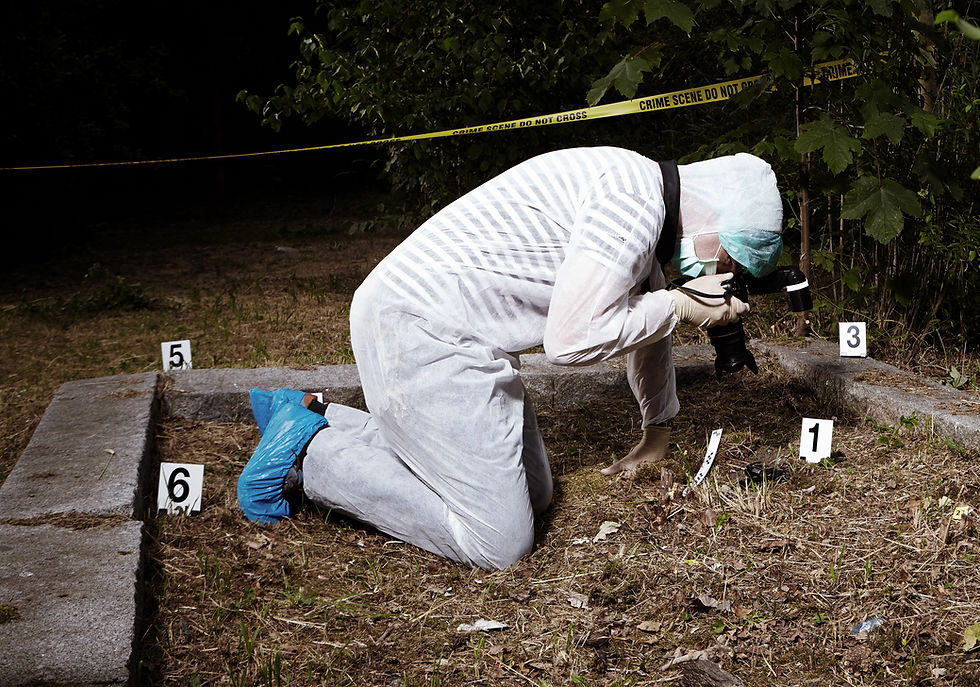
When the Timeline Is the Crime Scene

Mar 17, 2023
B.W. Sloane
When plotted correctly, these patterns reveal proximity, pressure, and — in some cases — premeditation.
The Overlooked Variable in Cold Case Investigations: Time
In traditional forensic investigation, the question of where dominates early inquiry. Crime scenes, victim locations, and geographic proximity receive extensive analysis. But in over 70% of cold cases reviewed under the Forensic Pattern Recognition™ framework, the most significant oversight was not spatial — it was temporal.
The window between a subject’s last confirmed communication and the discovery of their body or disappearance is often regarded as transitional, even narratively unimportant. In many investigative timelines, this period is filled with assumptions: “They must’ve left after X,” or “We believe the incident occurred sometime between...” Yet this gap — often treated as a placeholder — contains some of the most revealing pressure signatures in a case.
When this timeframe is subjected to pattern-based temporal analysis, several consistent indicators emerge:
Asynchronous behavior between parties, detectable through overlapping communication attempts or movement trails
Behavioral tension points that coincide with disruptions in known routines
Chronological conflicts between stated witness accounts and underlying timeline friction
These inconsistencies, once mapped against a forensic chart of relational and environmental triggers, begin to expose narrative gaps, false sequencing, or the insertion of misleading details.
In short: the timeline becomes the crime scene.
Temporal forensics — particularly when applied through symbolic or pattern-recognition frameworks — allows investigators to reconstruct not just what happened, but when behavior began to deviate. In many cases, this is the key to uncovering premeditation, coercion, or disinformation.
The Forensic Pattern Recognition™ method integrates these time-based variables into a structured, repeatable framework. It has been used to reconstruct suspect timelines, surface behavioral anomalies, and recover missing persons by identifying when the story no longer matches the structure of pressure.
If investigations are built on the pursuit of truth, timeline analysis must be treated as evidence — not estimate.Learn more or begin certification in FPR methodology below.